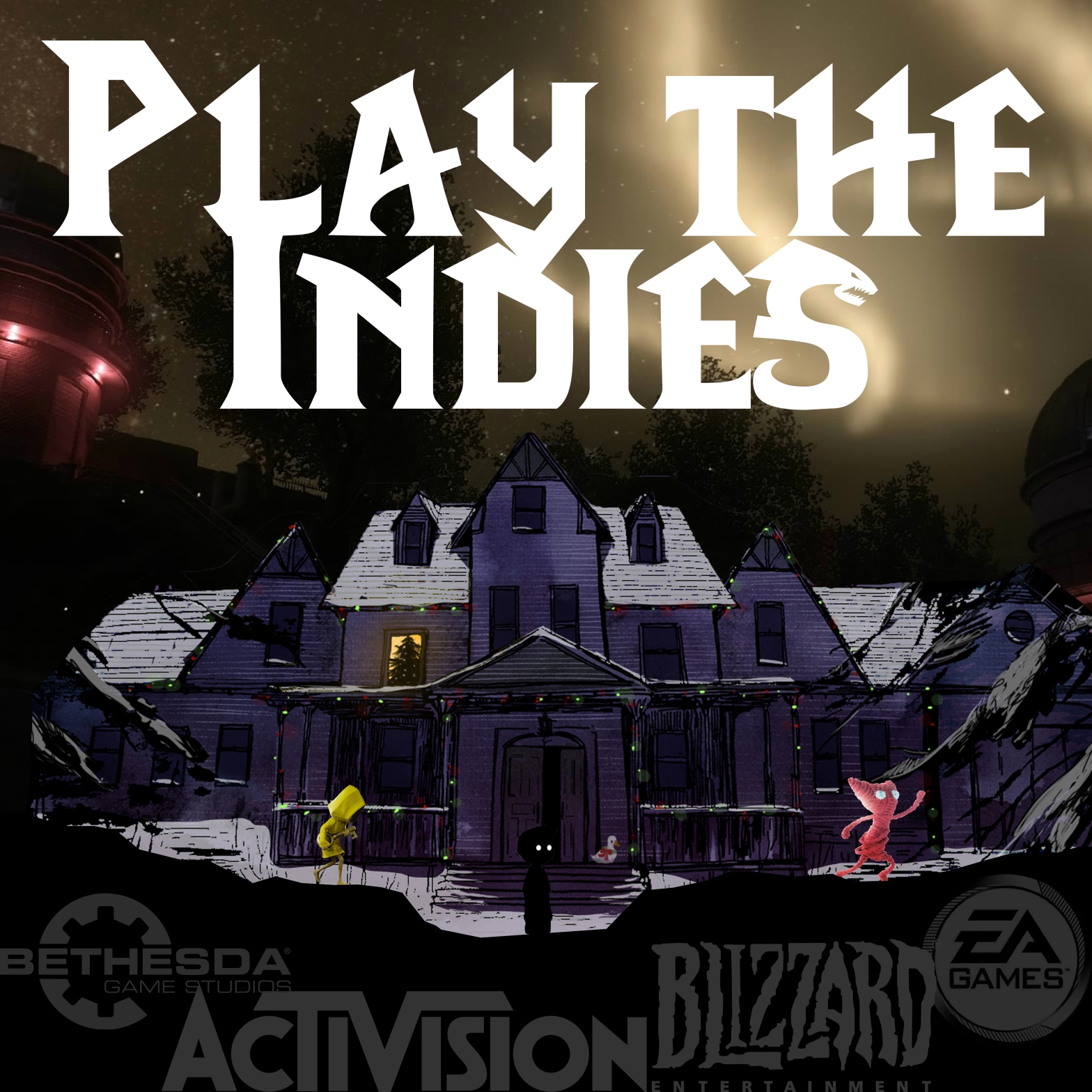(Convoluted metaphor in 3…2…1…) Fireworks are celebrated not because of their irrepressible effervescence, or representative conception of the free world, but because of their rarity; you can enjoy the bombastic declarations because you know that after the sparks soar into the sky and shatter into spectral spheres, and the delayed “pops” reach your eardrums, you won’t see them again for a year. If you wanted to, say, add subtle light to your living room ambiance, you wouldn’t shop at Big Dick’s Firework Shop; a soft-scented wax candle would most likely be the best bet. Not only would a candle be more practical in the long run, but you’ll get much more out of it on a daily basis as well. From the pleasant aroma wafting through the air, gentle flickers of light dancing along your walls, and promotion of relaxation that its very nature offers, a candle would make a much better friend than a firework.
It’s easy to pay attention to the Triple-A gaming companies and their collective works. I mean, who wouldn’t want to sink hours into a professionally polished world full of endless activities and destructive environments? That sounds like a great time, indeed. However, it’s easy to see that after the excitement wears off, these games don’t offer much besides a facade of gratification in a world that’s better equipped to create microtransactions than memories.
Recently, I made a point to play more games from independent developers (after experiencing the high-quality brilliance of Celeste). In doing so, I’ve found myself overwhelmed with how beautifully hand-crafted the stories and mechanics have been; each game has been nothing short of mesmerizing and no matter how the scale varies, each game offers an intimate relationship between player and character that makes it impossible not to fall in love.
I’ll highlight a few of them in this post, in hopes that you’ll give them a shot for yourself.
Because of Celeste’s breathtaking design, I decided to kick off the new year by playing a few more games that have been on my playlist for quite some time: Limbo, Inside, and Little Nightmares. I knew that these weren’t supposed to be the most heart-warming tales of all time, but nothing could have prepared me for just how brutal they were– Little Nightmares specifically.
/cdn.vox-cdn.com/uploads/chorus_image/image/54507297/LN_Gamescom_Screenshot_06_LookingForTheLift.0.0.jpg)
I’m still simply floored by the game and what it has to offer. It has no dialogue, yet the aforementioned bond between player and character is immensely strong. You spend the entire game running away from these monsters, but when you’re caught, you don’t die. The game reloads the last checkpoint but instead of just respawning, your character gets up off the floor as if from sleeping. The death never happened, it was simply a little nightmare.
Since getting caught isn’t actually that scary (screen fades to black), it perplexes me why this game is so genuinely terrifying. Then, I watched the IGN review on YouTube (click to watch), and something that Joe Skrebels says just made everything click:
…most [horror video games] shock by using the moment of being found, Little Nightmares captures something more nuanced: that creeping fright of waiting to be caught.
It’s that “limbo” that Little Nightmares excels at emphasizing– the fear of the unknown in all of its glory. While the monsters themselves are admittedly grotesque and disturbing, the most frightening part of this game is not when they’ve captured you, but when they’re close to doing so.
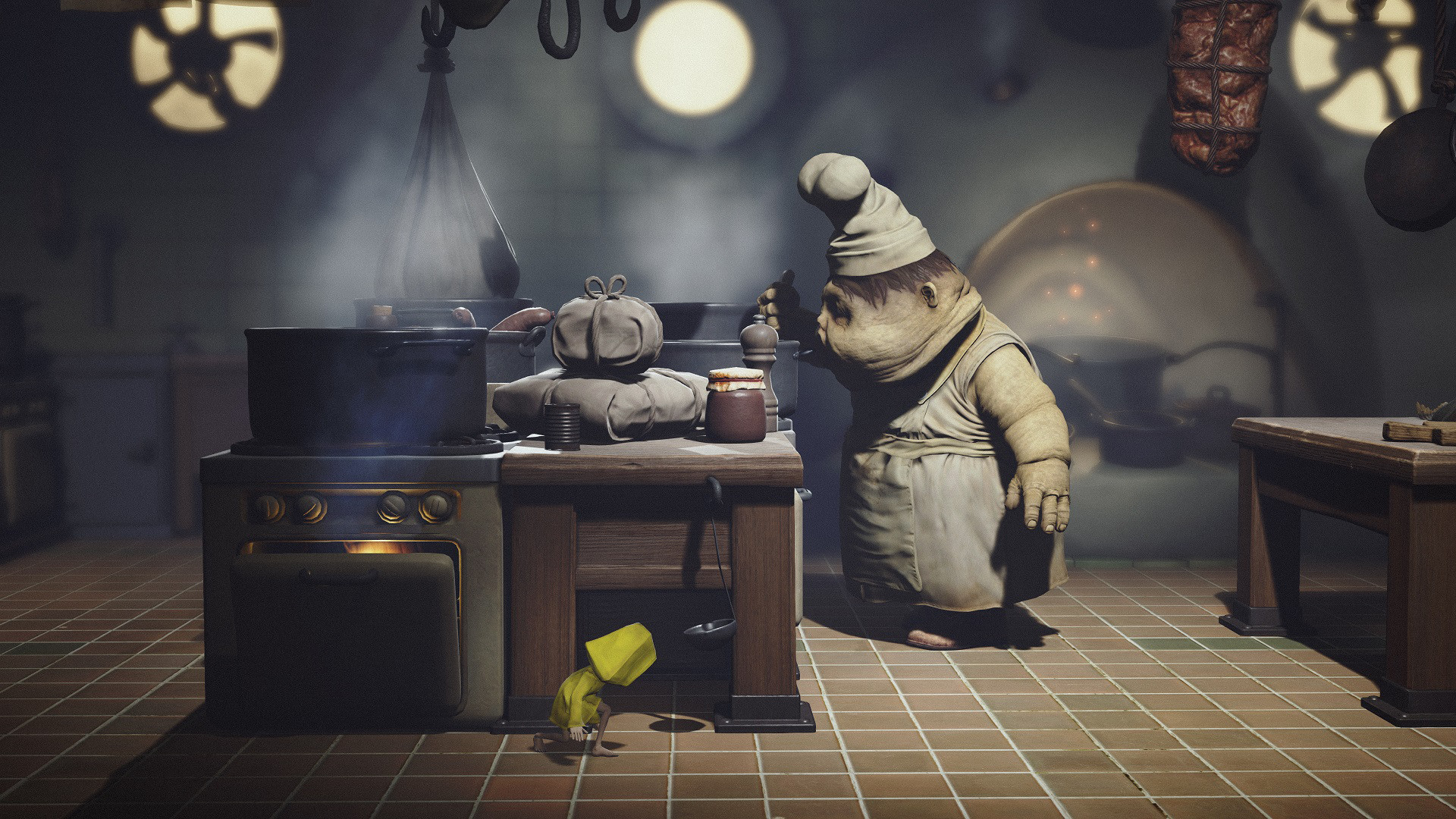
The five chapters that Little Nightmares offers differ in threat, setting, and objective, yet they are all soaked in the same chilling atmosphere, with the end of each chapter offering a through-line for the real story to be defined by. The only real constant in this game is the fact that you are small and defenseless, everything around you is terrifying. Little Nightmares and it’s DLC Secrets of the Maw offer genuinely chilling experiences that will take you to the darkest depths and strangle you; just before you run out of air, it’ll release you and invite you back for more. This is not an experience to pass up on.
Another incredibly unique indie experience that I was lucky enough to play is Brothers: A Tale of Two Sons. Starting off innocent, Brothers is a tale of two sons (So that’s why they call it that…) that traverse an increasingly fantastical landscape in order to find a cure for their father’s fatal ailment. The first tasks range from simply climbing up a ledge and raising an elevator, to lowering a bridge and getting a sheep to cross it. As the game progresses, you start to realize that the world is actually treacherous and vulgar. It becomes apparent that the game itself, like a mixture between Tolkien and Lovecraft, was just pampering you with comfort before peeling back the curtain, and coming to drink every ounce of your sweet, sweet blood.
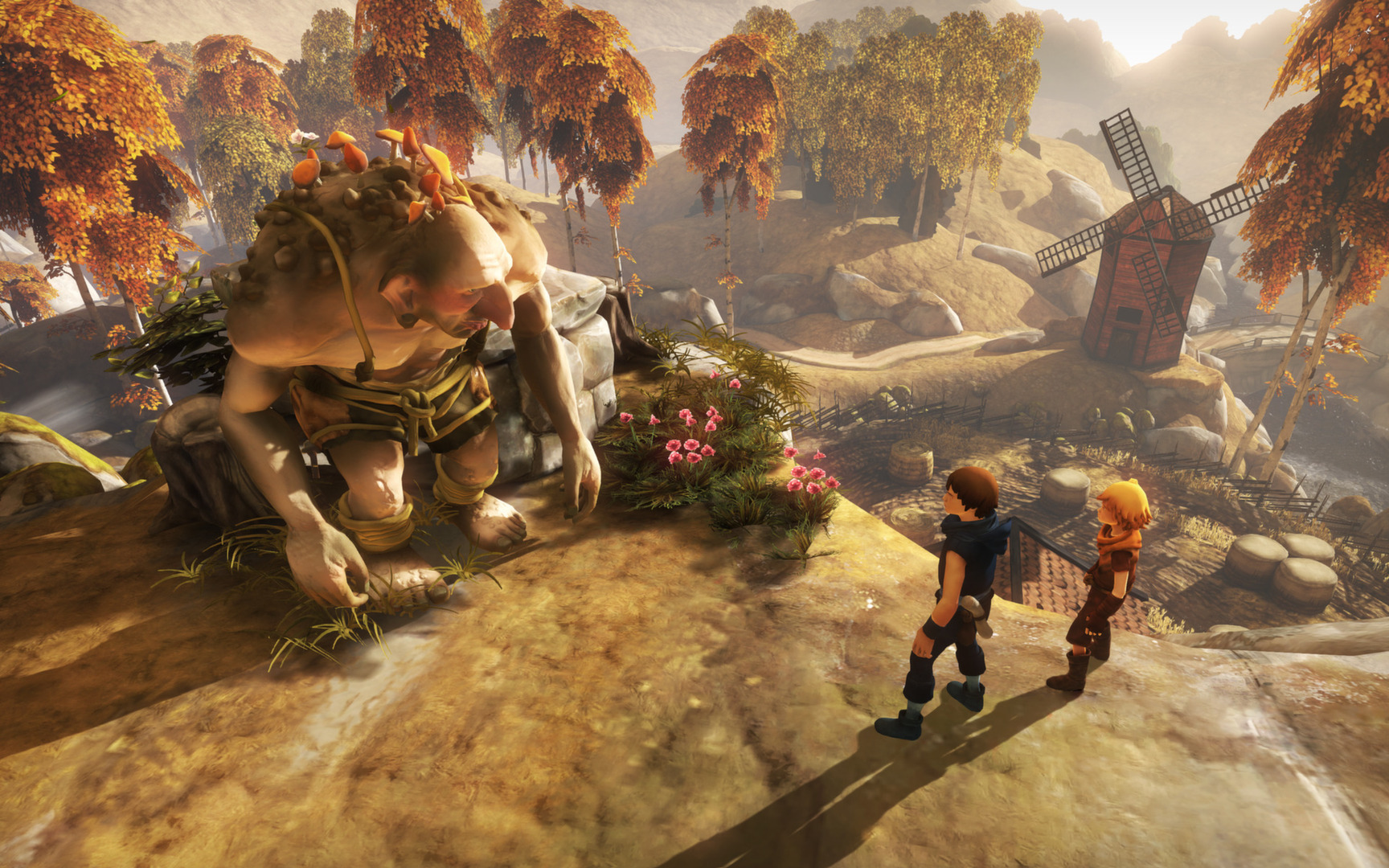
The aesthetic isn’t even the element of the game that takes my breath away, the mechanics do that. With one controller, you control two brothers. Unlike other games (Bowser’s Inside Story, Unravel Two, etc.) that allow you to control one at a time or both as one character, Brothers has you controlling the older brother with the left half of the controller and the younger brother with the right. The experience is jarringly unique and most assuredly made me look like an idiot trying to get them both to complete a simple activity, but the game grew on me because of its mechanical brilliance.
It can be written off as a 3D Platformer, sure. The puzzles, dialogue, and plot are all fairly standard, and this game won’t be remembered for a lot of the reasons you’d see on the back of a PS4 case. The reasons that this game took my breath away lie in more nuanced aspects such as the way you had to approach the puzzles (by leaving everything you know about video games behind you and learning how to use a controller in an entirely new way), the relationship between the brothers (a bond that is so pure that during moments when one brother is off-screen and you’re left with just the other, you hold the controller with one hand and feel a vast emptiness, an incompletion that feels unnatural and upsetting), and the world that lovingly draws you in and then unveils more amazing things throughout.
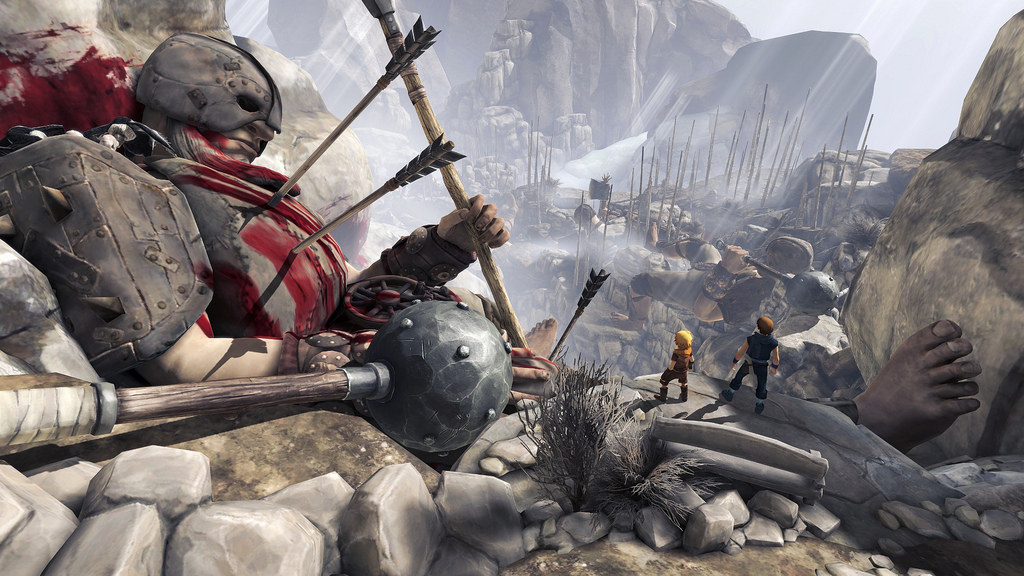
Since “all good things come in threes” (right?), I’ll leave you with just one more. If Little Nightmares showed me a new way to think of platforming, Brothers showed me a new way to think of controllers, then this next game showed me a new way to think of storytelling.
Gone Home is a (for lack of a better term) walking simulator that has you simply exploring a woman’s childhood home while everyone is away. As you go room to room, you come across items that tell a story by relative association (a book manuscript near a bank “overdue” envelope, for example), or literally tell a story by queuing dialogue from Katie’s sister Sam. While we play as Katie, the real story lies in her family members’ lives; the mother’s relationship with her friends, the father’s writing career, Sam’s love for Lonnie, and Oscar’s supposed ghost haunting the house searching for peace. The game gives you no instructions, no objectives, and no directions but after playing for the first 20-30 minutes, you won’t care. I found myself so tied up in the stories of these characters I completely forgot to wonder why I was going through this house in the first place. Short answer: who cares?
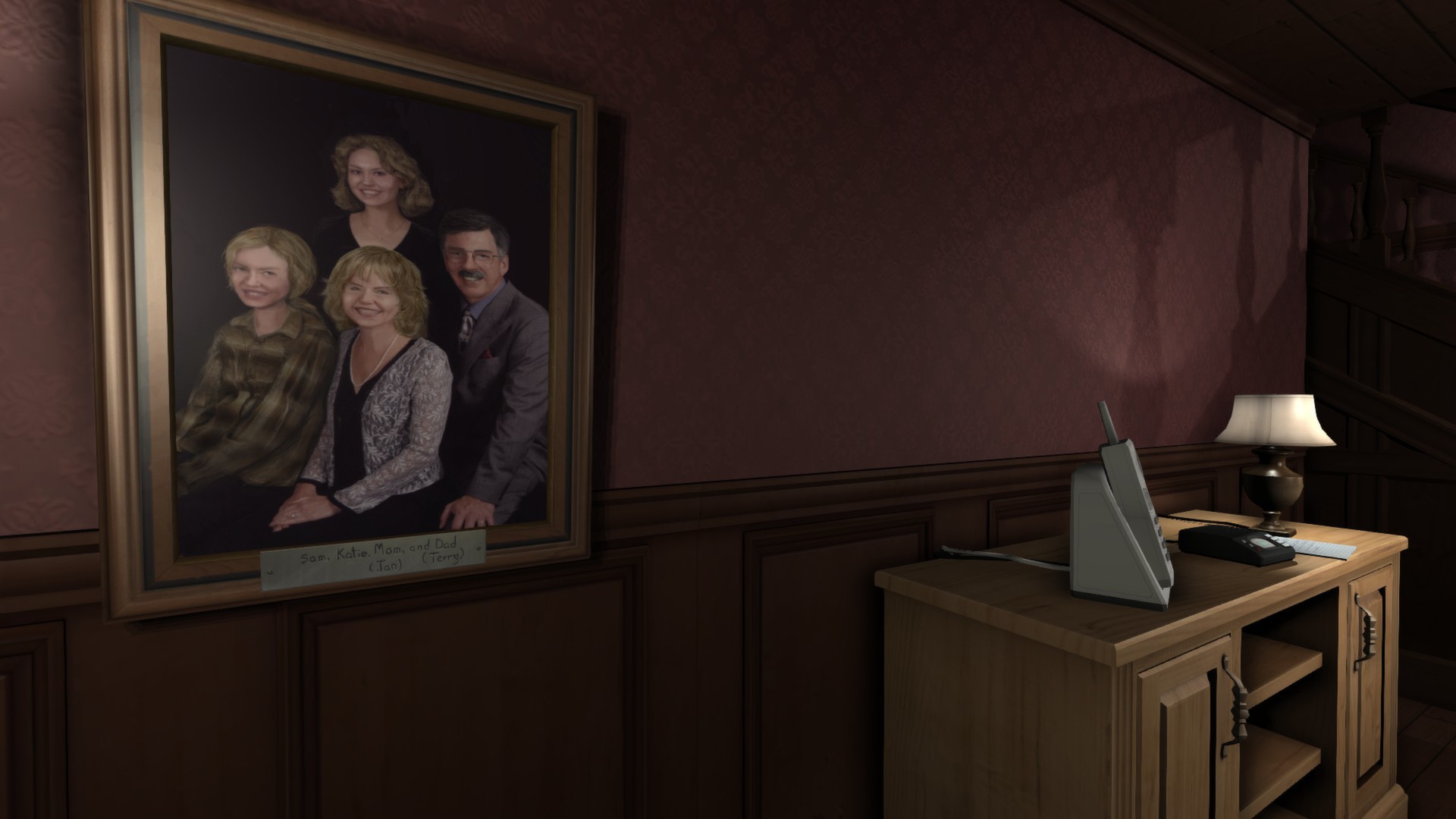
Long answer: because the writers do a damn good job of making you feel like this is your family. The title is Gone Home, not Katie has Gone Home; the absence of the protagonist’s name allows you to feel more like the one who has gone home. Furthermore, I didn’t even know who I was for a good hour of gameplay. The first thing you see after the title card is a note on the front door addressed to Katie, but Sam’s dialogue throughout made her seem like the main character (usually the protagonist) so that’s who I assumed I was. Needless to say, this game takes narrative tropes and ignores them, shifting the paradigm of gaming storytelling by offering something so unique that it still perplexes me why I care so much about these people. Playing this game should feel like completing a research essay on a family you don’t know, but instead, it’s like walking into a house from distant memory and being greeted with a surprise party by members of a family you forgot that you had.
The general atmosphere adds to the whole experience as well. It begins as a mystery, morphs between drama, romance, thriller, and ends up being a heart-warming coming-of-age tale that left me wanting to know so much more about everybody. Gone Home offers a narrative experience like nothing I was used to, even having played many other walking simulators over the last two weeks. The difference between this and the others is that it takes all delusions of grandeur and throws them in the trash. Instead, it simply offers an intimate and charming tale of a single family in the mid ’90s. It doesn’t have tangible characters, it asks you to do all of the storytelling work, there aren’t any guns or gore yet this game is easily one of the favorites that I’ve played in a very long time.

If these three games still don’t sound the least bit appealing, I have more good news: They’re all very cheap (usually more than 75% cheaper than a new Triple-A game), don’t take up much hard drive space (most indies I’ve played recently are under 3 gigabytes), and they’re much more memorable and emotionally charged than the Black Ops 4, Battlefield V, Fallout 76, or whatever else EA/Activision/Bethesda are working on now.
In conclusion, if you’re looking for a memorable evening over a candlelit dinner, don’t buy fireworks.
